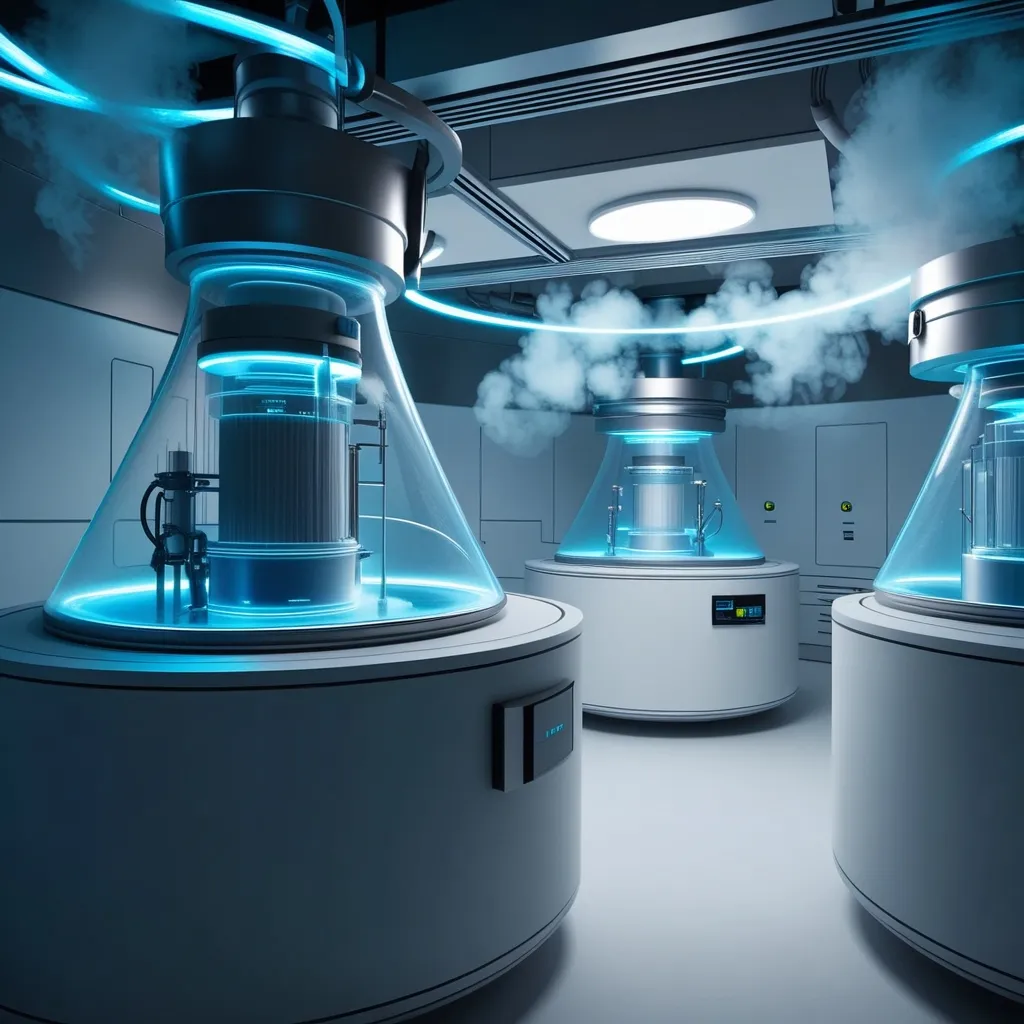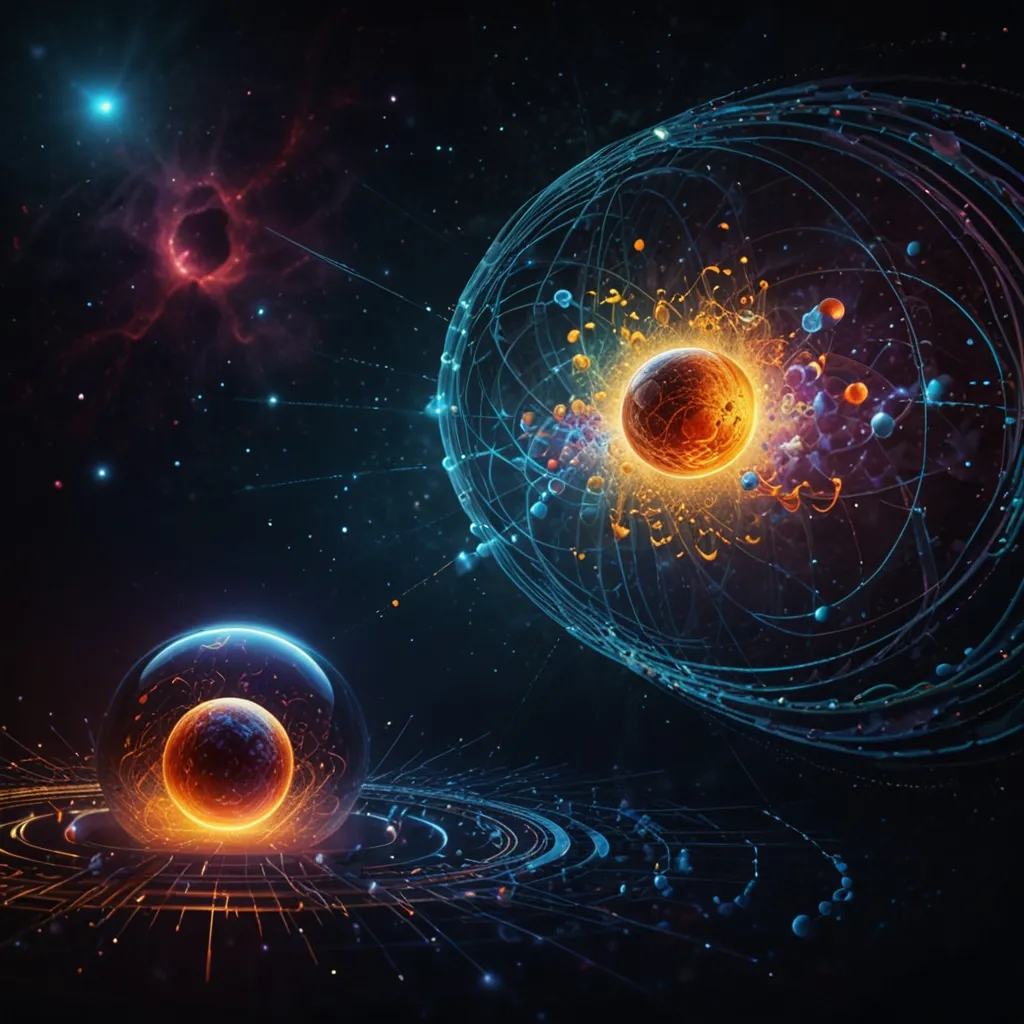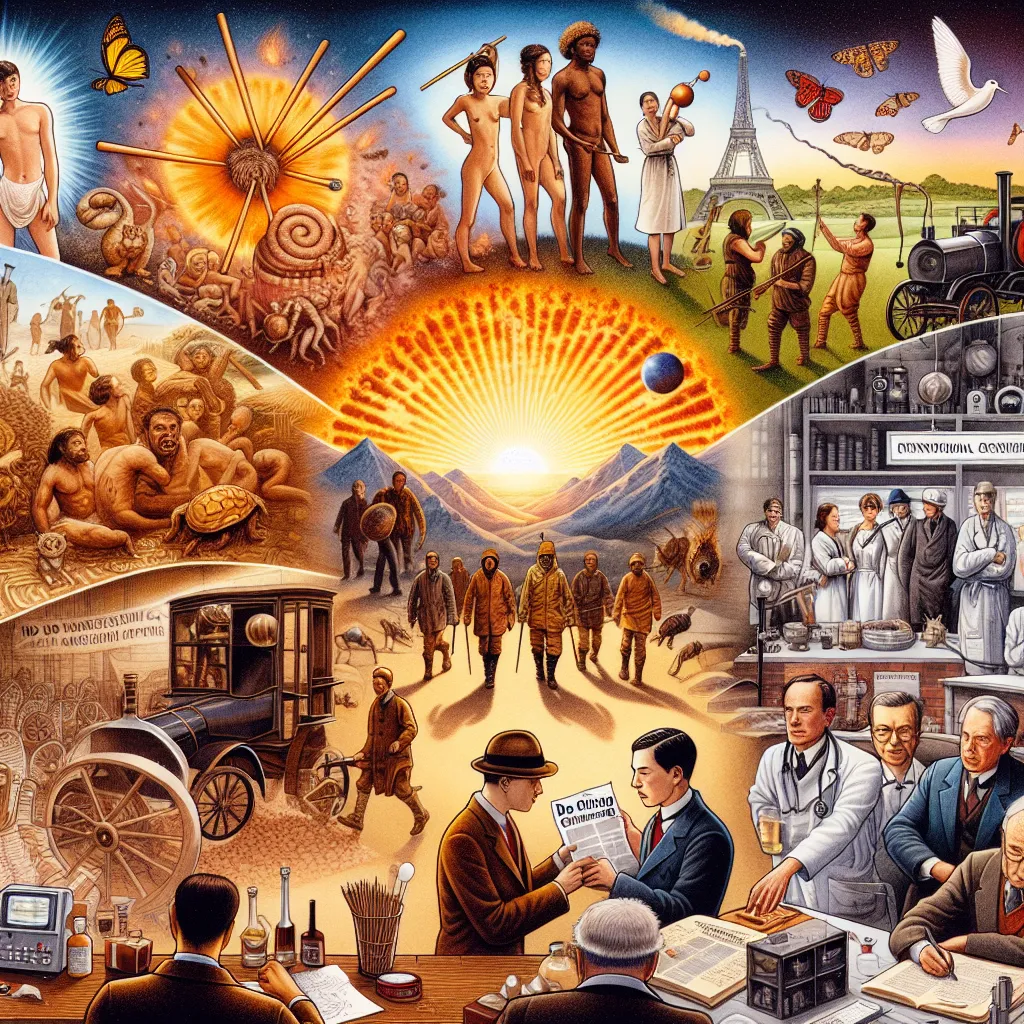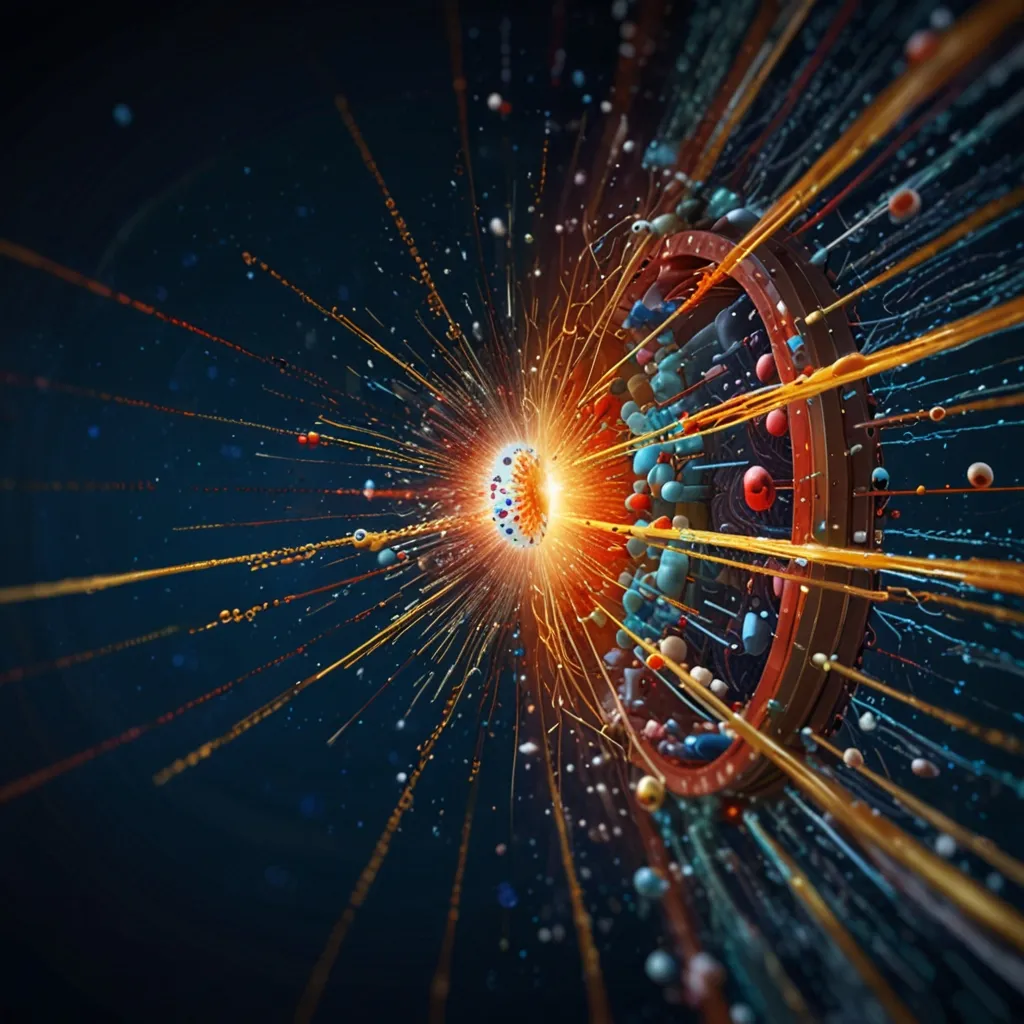Unlocking the Secrets of Extreme Cold: The Fascinating World of Cryogenics
Cryogenics, the science of super-low temperatures, is like a portal to a whole new universe. It’s a realm where the laws of physics seem to bend, and materials behave in ways that defy our everyday understanding. Imagine a world where electricity flows without resistance, where gases turn into liquids, and where time itself seems to slow down. That’s the world of cryogenics.
This isn’t just some far-out sci-fi concept. Cryogenics has been around for over a century, quietly revolutionizing fields from medicine to space exploration. It all started back in the late 1800s when a bunch of clever scientists figured out how to turn gases into liquids by cooling them down to ridiculously low temperatures.
Think about it - they managed to take something as intangible as air and turn it into a liquid you could pour! That was just the beginning. By 1908, they’d managed to liquefy helium, which opened up a whole new world of possibilities.
One of the coolest things (pun intended) to come out of this was the discovery of superconductivity. It turns out that when you cool certain materials to extremely low temperatures, they lose all electrical resistance. It’s like finding a secret highway where you can drive forever without using any gas. This discovery has been a game-changer in fields like particle physics, where scientists need incredibly powerful magnets to smash atoms together.
Speaking of smashing atoms, let’s talk about the Large Hadron Collider (LHC). This beast of a machine is like the ultimate playground for particle physicists, and it wouldn’t be possible without cryogenics. The LHC uses superconducting magnets cooled to a mind-boggling 1.9 Kelvin. That’s colder than outer space!
But cryogenics isn’t just about big science experiments. It’s making waves in medicine too. Ever heard of cryosurgery? It’s a technique where doctors use super-cold tools to freeze and remove unhealthy tissue. It’s less invasive than traditional surgery and can be used to treat all sorts of conditions, from skin lesions to certain types of cancer.
And then there’s cryonics - the practice of preserving human bodies at extremely low temperatures in the hope of reviving them in the future. It sounds like something out of a sci-fi movie, right? But there are actually companies out there doing this right now. The science behind it is fascinating, even if the idea of being frozen and waking up in the future is a bit mind-bending.
Cryogenics is also a big deal in space exploration. Those massive rockets that blast off into space? They’re powered by cryogenic fuels - super-cold liquids that pack a serious punch. Liquid oxygen and liquid hydrogen are the dynamic duo of rocket propulsion, providing the oomph needed to break free of Earth’s gravity.
But it’s not just about getting into space. Once you’re up there, cryogenics helps keep things running smoothly. Satellites use cryogenically cooled instruments to make super-precise measurements. Without these ultra-cold systems, we wouldn’t have a lot of the detailed data we have about our planet and the universe around us.
Now, you might be thinking, “That’s all well and good, but what does cryogenics have to do with my everyday life?” Well, more than you might think! Ever enjoyed a frozen pizza or a bag of frozen veggies? You can thank cryogenics for that. Food companies use liquid nitrogen to flash-freeze food, locking in nutrients and flavor. It’s a quick, simple, and effective way to preserve food without using chemical preservatives.
Cryogenics also plays a big role in the energy sector. Ever wonder how we transport natural gas across oceans? We cool it down until it becomes a liquid, shrinking it to about 1/600th of its original volume. This makes it much easier (and cheaper) to transport. It’s like being able to fit an elephant into a suitcase!
Of course, working with such extreme cold comes with its own set of challenges. Cryogenic liquids are no joke - they can cause severe frostbite on contact and can even make normally non-flammable materials burst into flames. And if you’re not careful, the vapors from these liquids can displace the oxygen in a room, leading to asphyxiation. It’s a reminder that with great power comes great responsibility.
But despite these challenges, scientists and engineers are constantly pushing the boundaries of what’s possible with cryogenics. They’re exploring new materials that exhibit weird and wonderful properties at ultra-low temperatures. Imagine power grids that never lose energy, or computers that operate at speeds we can barely comprehend today. These aren’t just pipe dreams - they’re potential realities that cryogenics might help unlock.
And let’s not forget about the potential medical applications. While we’re not quite at the point of freezing people and bringing them back to life, cryopreservation techniques are already being used to store things like stem cells and reproductive tissues. Who knows what might be possible in the future?
The world of cryogenics is a testament to human ingenuity and our relentless pursuit of knowledge. It’s a field that takes us to the very edge of what’s physically possible, challenging our understanding of the universe and opening up new possibilities.
From the food on our plates to the satellites in the sky, from life-saving medical treatments to mind-bending physics experiments, cryogenics touches more aspects of our lives than we often realize. It’s a field that continues to evolve, pushing the boundaries of what’s possible and unlocking secrets that were once thought to be beyond our reach.
So the next time you pull a bag of frozen peas out of your freezer, or look up at the night sky and spot a satellite, take a moment to appreciate the incredible science that makes it all possible. The world of extreme cold might seem distant and abstract, but its impact on our lives is very real and very profound.
Cryogenics isn’t just about creating extreme cold - it’s about expanding the limits of human knowledge and capability. It’s about seeing possibilities where others see obstacles. And who knows? Maybe one day, thanks to cryogenics, we’ll be able to extend human life, travel to distant stars, or unlock energy sources we can barely imagine today.
The journey into the world of extreme cold has only just begun. As we continue to push the boundaries of what’s possible, who knows what secrets we might unlock? One thing’s for sure - the future of cryogenics is bound to be seriously cool.






